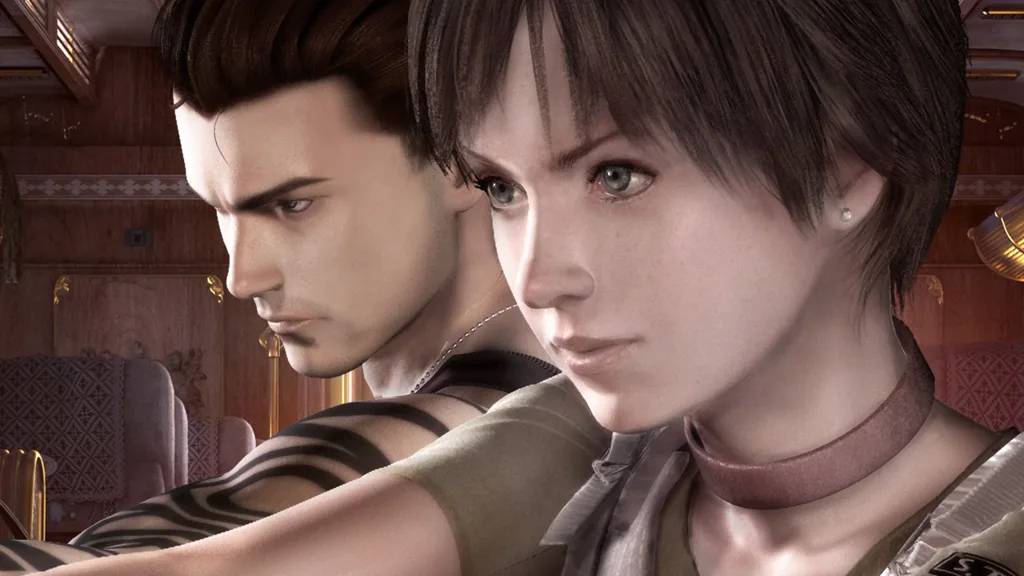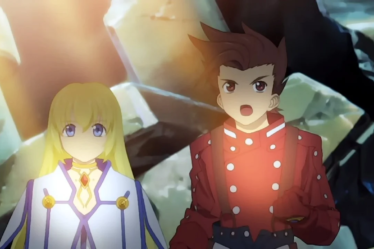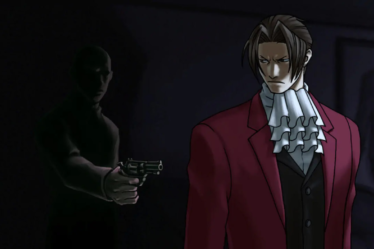
This article was originally published in Italian on GeekGamer.it in 2016.
It’s no secret that Capcom has been recalibrating its production pipeline, as evidenced by the resurgence of its legendary titles in the form of increasingly refined ports and remasters. This month, the company behind Street Fighter and Mega Man has treated the “PC Master Race” to two high-budget productions from its console past. In both cases, we can confidently say these are solid adaptations of titles that, not too long ago, would have seemed completely out of place in Valve’s digital catalog. For Dragon’s Dogma, I’ll direct you to the upcoming review by our very own Ilya Muromets, but when it comes to the third reissue of Resident Evil 0, now officially Resident Evil 0 HD, I can kick off this review with the exact thought that crossed my mind as soon as the ultra-compressed FMVs faded away, revealing pre-rendered backgrounds and polygons: “Wow!”
But before I start drooling over the technical aspects, let’s take a moment to revisit the unexpected origins of this prequel. There was a time when Capcom struck a deal with Nintendo to bring all the mainline Resident Evil entries to its then-flagship home console, the GameCube. Meanwhile, PlayStation 2 was seeing the release of Resident Evil Outbreak (an underappreciated and mistreated online spin-off), while Nintendo’s 128-bit cube got exclusive access to the best versions of classic series entries like Resident Evil 2, Resident Evil Code Veronica, and Resident Evil 3. Since Resident Evil’s creator, Shinji Mikami, was still part of the Street Fighter company at the time, Capcom greenlit a remake designed to celebrate the entire saga: thus, Resident Evil Rebirth was born. A reboot so well executed that it convinced Capcom to take another shot at ’90s survival horror with Resident Evil 0, a full-fledged side chapter set just before the events of the original game.
The protagonist duo consists of Rebecca Chambers, even more inexperienced than the version we previously knew—sporting vaguely “lolita” traits—and a male lead created purely for narrative purposes: Billy Coen, a former military convict with a mysterious past. The core gameplay remains virtually unchanged from its GameCube and Wii counterparts, once again embracing the exploration and survival mechanics that defined the series two decades ago. Managing scarce resources and solving environmental puzzles are at the heart of the challenge, an aspect that will thrill nostalgic fans while likely alienating those who only started appreciating video games during the action-game boom, when AAA titles were designed to be completed even by trained chimpanzees.
It’s worth noting that Resident Evil 0 is one of the more complex entries in the series, if only because of the switch system. This mechanic allows players to swap between the two protagonists, separating them to solve puzzles and navigate situations that challenge not only the problem-solving skills typical of the series but also one’s ability to make the most of each character’s strengths. Billy is a walking tank, capable of holding his ground in even the worst conditions, while Rebecca is the designated herb-mixer and far less suited for direct combat. (Yes, I know it’s 2016, and stereotypes like these should be long gone—but don’t go triggering your inner Sarkeesian just yet; remember, this is a Japanese production!) Understanding these basic differences is crucial if you don’t want to run headfirst into death. And trust me, that will happen—a lot.
Adding to the challenge is the severely limited inventory system, forcing players to decide what to leave behind to make space for more crucial items. Gone are the item boxes that once allowed for better inventory management; now, it’s up to the player to keep track of item locations, with only an in-game map marking where things were dropped. These design choices make this side entry a bit slower and, at times, extremely cumbersome. The storyline isn’t among the strongest of the pre-Resident Evil 4 era either. It mostly serves to flesh out Rebecca’s background—barely touched upon in the first Resident Evil—and gives her a more detailed portrayal within the limits of the series’ average writing quality.
If Resident Evil Rebirth HD had already made it clear that Capcom was committed to reviving its classic horror series in the best possible way, Resident Evil 0 HD takes this to another level, reaching a technical and qualitative peak never before seen in a traditional entry. Nothing in the game’s code suggests it was originally conceived over a decade ago. Credit goes to Capcom’s meticulous restoration of the original graphical assets, allowing for stunning pre-rendered backgrounds—many of which are animated—without resorting to the ugly bilinear filters that have recently become an overused shortcut for upscaling low-resolution assets. But Capcom’s work doesn’t stop there. Just like in Resident Evil HD, this remaster introduces several features aimed at making gameplay more accessible to modern audiences, including 16:9 widescreen support and a revamped control scheme that ditches the classic “tank” movement style from the ’90s.
Polygonal models have also been updated, though they don’t always mesh well with the cinematic direction and dramatic beats of certain scenes—partly due to the game’s minimal facial animations. Still, the results are impressive, especially when it comes to real-time lighting effects. Capcom has also packed this remaster with DLC to cater to all tastes, ranging from campy costumes to blatant fan service for longtime enthusiasts. And yes, Rebecca’s infamous Resident Evil 2 Polaroid outfit is included—happy now?
As seen with previous Mercenaries-style bonus modes, completing the game unlocks a scenario where players control a superpowered Wesker, tearing through enemies and monstrosities alongside an unusually silent Rebecca. This scenario clashes terribly with her character at that point in the series, but hey—you get to play as WESKER in a CLASSIC RESIDENT EVIL GAME. I’m sure the ’90s gamer inside you just lost it, and honestly, considering the sheer polish of this remaster, I don’t see this as a major issue.
While Resident Evil 0 may not rank among the series’ best entries, it dares to double down on an already divisive gameplay structure—one that many players barely find manageable as it is. The fact that Capcom has chosen to re-release it in its raw, unfiltered form almost feels like a public declaration, as if the company itself believes that survival horror needs to move away from the shooter influences that have increasingly shaped recent Resident Evil titles. And with the success of Resident Evil HD, it’s no surprise that Capcom has already started working on a remake to breathe new life into the legendary second chapter of the zombie saga.
As for Resident Evil 0, looking back at what was once THE survival horror experience, we can finally breathe a sigh of relief and consider this high-definition revival another essential title for any collection. Preferably in the convenient retail edition for PC, PS4, and Xbox One, titled Resident Evil Origins Collection, which naturally includes Resident Evil HD as well. Missing out on this opportunity would be a real shame.


